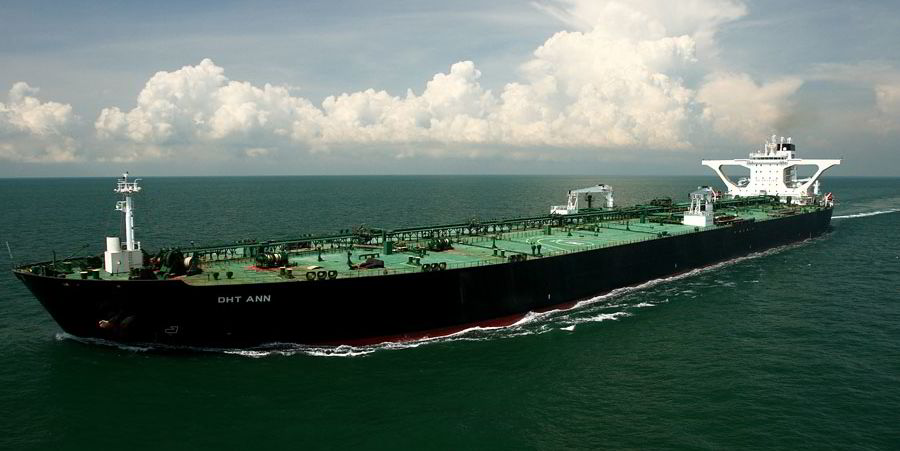VLCC rates rose further today to hit their best levels since May as owners hold out for better rates amid strong cargo activity out of the Middle East and the better economics for floating storage.
Brokers surveyed by the Baltic Exchange see VLCC assessed rates at just under $57,000 per day on the Middle East-to-Asia voyage, the best since 11 May, according to data released today. That's an added rise from the $54,000-per-day rate estimate by Clarksons Platou Securities earlier in the day.
The Middle East-to-US Gulf voyage is also matching May levels at around $22,600 per day.
MJLF research Court Smith says VLCC cargo liftings are running stronger than last year’s level through the first two decades of December. Some 74 VLCC cargoes are scheduled to load in the Arabian Gulf through 20 December, which is better than the 68 liftings seen over the same period last year.
Extra cargo activity may stem from refiners and traders stocking up ahead of planned cuts starting next year, with Middle East producers accounting for about 1 million barrels per day of the cuts. China’s crude oil import demand also appears to be stronger, with imports rising to 7.9 million barrels per day, a 16% increase from October levels.
The rates reflect “firmer owner sentiment,” Smith said. “There’s positive news on Chinese demand. It’s really good to see rates strengthen this late in the year.”
Opec’s price cuts pushed the price curve on crude to make to short term floating storage economical. As TradeWinds reported earlier, charterers have been busy fixing older tonnage for floating storage.
“Floating storage works over the next three months,” Smith said. “Nobody going to take it on for longer than that.”
Opec’s cuts continue to weigh on sentiment for next year, but Smith says Opec’s track record shows it has only hit about 60% of previous cut targets.
Moreover, other exporters are stepping into the market. Brazil’s VLCC liftings are showing an upward trend through this year. Less crude is being run through the country’s refineries, which is allowing more for export markets.



